“In Japan, sake has always been a way of bringing our gods and people together. In some of this country’s oldest texts the word used for sake is miki, written with the characters for ‘god’ and ‘wine.’ People would go a shrine festival and be given rice wine to drink, and they would feel happy and closer to the gods.”
-Tetsuo Hasuo of the Japan Sake Brewers Association in The Japan Times
Komokaburi, the straw-wrapped cypress kegs used for transporting sake are a common enough sight in Japan, especially the stacks and stacks of empties found at shrines, the only remains of ceremonial donations.
The shape, rope and ornamentation have remained pretty constant over the centuries, with the main difference between them being the logos of the different breweries.
While I like the regular barrels, I am particularly fond of the much rarer porcelain ones, modeled for all intents and purposes to look just like the wooden ones, including simulated molded ropes holding the straw wrapping in place. During the Edo period, rural sake brewers needed a method of transporting their brew to the large cities. These large porcelain casks could be carried on pack horses or transported on special ships called taru kaisen or cask ships. Until the 1940’s, they continued to be used to dispense draft sake in shops. Customers would come into the shop with their own smaller ceramic bottles and have them refilled with their favorite brand.
On this beautiful pair you can really see the simulated wrapping and ropes raised in the porcelain.
Here the molded ropes are a different woven style.
Good examples will have their original stopper tops and perhaps their bamboo wrapped handles. Decoration tends to be simple blue on white, with occasional additional details picked out in color, like the green pine needles above, or even occasionally other colors added to simple images related to the brewery, as in the case of the jug below with its charming waterfall.
The back sides tend to be pretty simple, with additional information picked out in blue kanji. I have never seen color on the reverse.
Large jugs are the most common, but I have found some smaller ones, including these two decorated with very graphic stars. I have been experimenting with photographing objects lately and I really like how these play off against the indigo blue background.
Porcelain sake barrels look great nestled into arrangements with other casual porcelain pieces.
A common modern-day adaptation is to wire the jugs and turn them into lamps, which is very attractive and functional.
Sig Bergamin, whose eclectic interiors chock-full of color I have featured here before, has a sake jug lamp interspersed with other blue and white treasures. We can only see the simple back side of his jug in this photo. Try as I might, I couldn’t come up with a picture from the other side.
Another sake jug lamp peeks from the corner in a very differently styled room by Jeffrey Bilhuber.
Tokkuri, the smaller Japanese stoneware sake bottles, decorated with not much more that the names of their distillers are also wonderful accents when grouped in a vignette.
They too make excellent lamps. Which do you prefer? A dark shade…
…or light ones?
Tsunodaru, the red lacquer ceremonial horn/two-handled barrels used at wedding ceremonies are less commonly found, but out there nonetheless. Again, note the mock “ropes” carved from wood. They often are offered as a gift to the bride and groom together with lacquered cups as sake is always drunk to mark important occasions. Because it is meant to be enjoyed with friends and family, tradition holds that a person must never pour their own sake; instead another person pours for you, and you do the same for them, which is such a lovely custom.
Can you spy the pair of ceremonial jugs in this London home?
So would you rather drink sake or illuminate your room?
Image credits: 1-3. courtesy M. Wilce and L. Border, 4-9, 14 & 17. me, 10. courtesy M. Small, 11. via Joseph Joseph & Joseph, 12. via Once Upon a Tea Time, 14. The Way Home by Jeffrey Bilhuber, photo credit: William Abranowicz, 15. via Antique Lamp Shop, 16. via 1st dibs, 18. World of Interiors July 2010, photo credit: Bob Smith



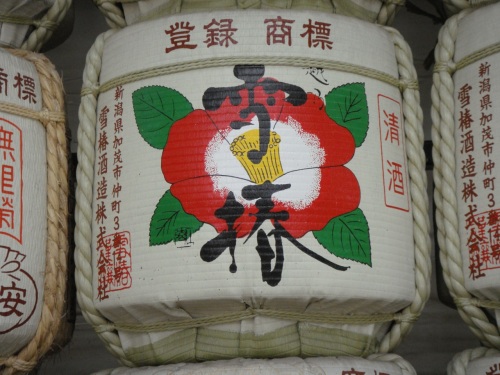






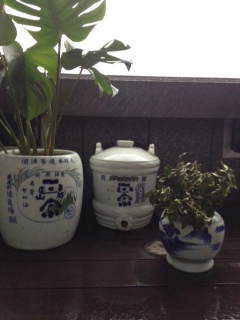
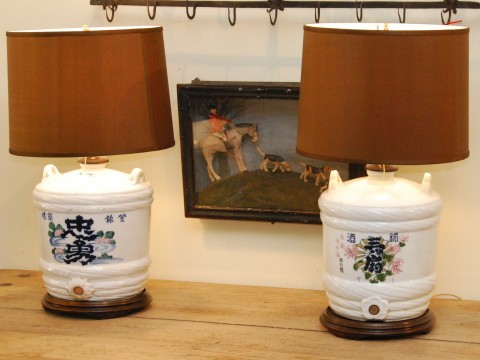



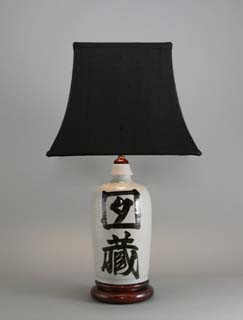

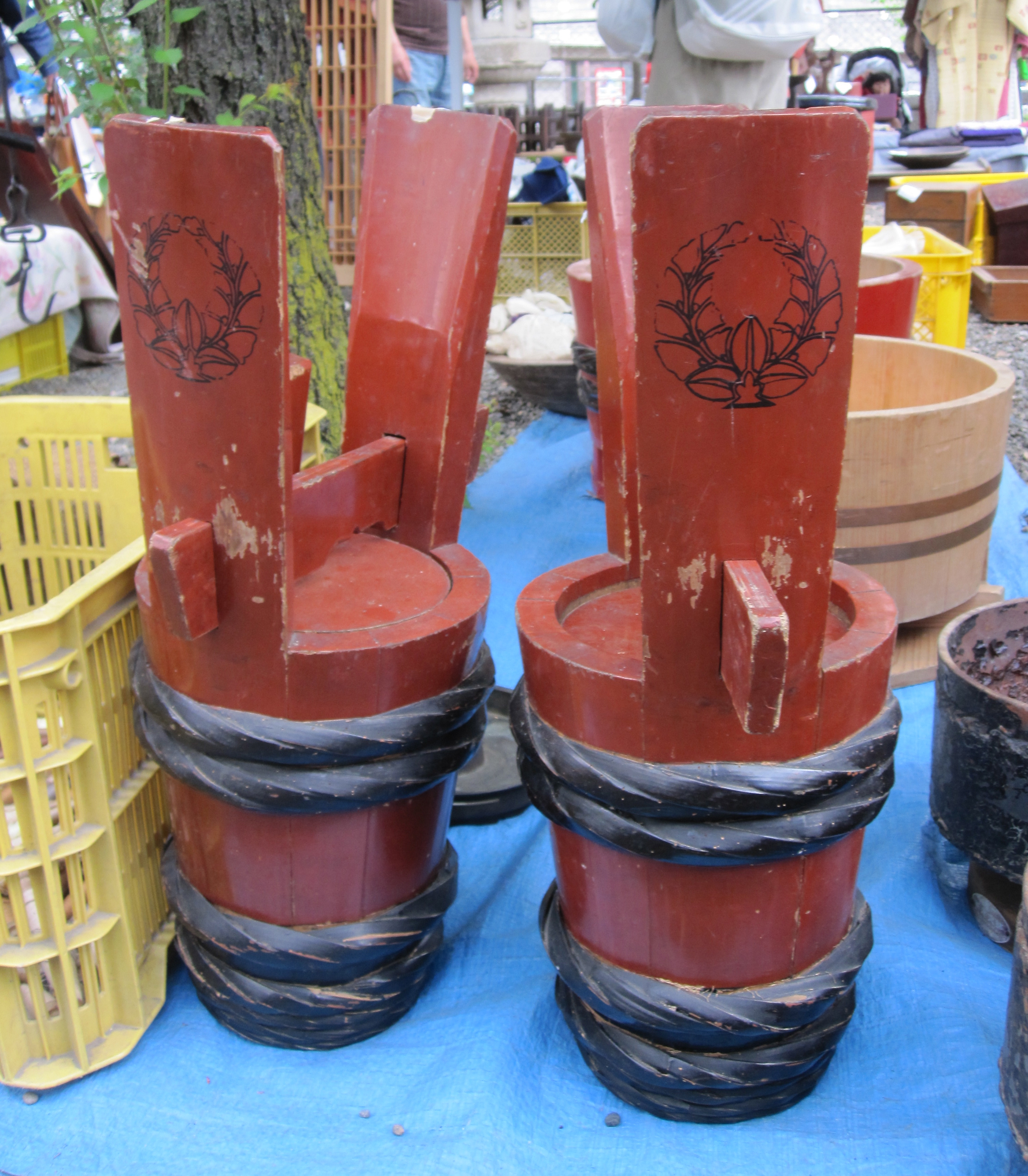

Great ideas for uses… It’s fabulous as a lamp and I love the dark shade.
Love the lamp with the dark shade as well. Very dramatic. Also enjoy the Tokkuri style of jugs.
LI like the jug lamp! I need one!!
What a wonderful way to “re-cycle”! I love sake, so it would definitely be fun emptying it before “re-purposing” it!
why have to choose – let’s do both!
dark shade, def. Another great post J, you always pull out something new and interesting and I enjoy each one!
I love the way you weave history, culture and beautiful rooms in your posts. I always learn, remember and am inspired!
My husband found an article online that linked to your site. I bookmarked it yesterday. The subject of this post was fascinating to me because I have 3saki containers that belonged to my mother in law. I did not know the history and was lucky enough to have a Japanese friend that was fascinated with them and found out a little for me. At least one of them dates to at least the time of WW I. Another one she thought was a homemade brew bottle possibly not truely saki.
Many thanks for this fascinating abundant illustrated article.
Pierre Senemaud
Do you know where I could get some of the ones with the nice designs?
Shrine Sale Stories…Recent Treasures | Tokyo Jinja
[…] unusual in that most rustic jugs just have a manufacturer’s name or mark painted on them like these, is also a wonderful shape for a […]